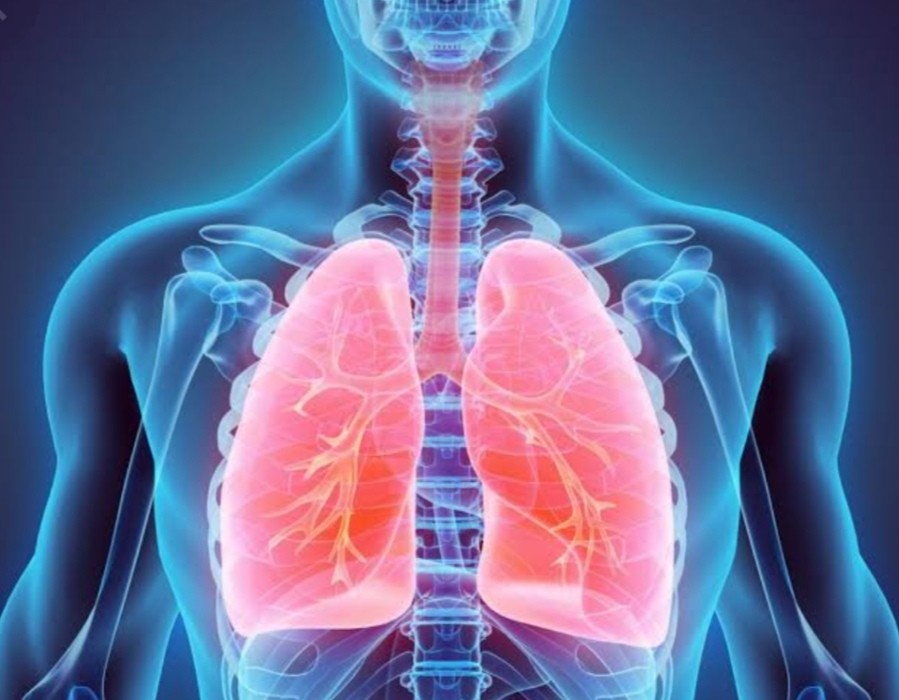Published - Thu, 06 Oct 2022

Non-cardiogenic Pulmonary Edema (NCPE)
Non-cardiogenic pulmonary edema (NCPE) is also known as acute respiratory distress syndrome. NCPE is a form of pulmonary edema resulting from an abnormal increase in the permeability of pulmonary vascular membranes.
CAUSES of NCPE include sepsis, aspiration of gastric contents, near-drowning, thermal injury, trauma, high-altitude pulmonary edema, radiation, transfusions, eclampsia–preeclampsia, and selected drug reactions or overdoses, including narcotic and aspirin overdose.
PATHOGENESIS: Cardiovascular, hydrostatic, or hemodynamic edema is unrelated to NCPE. The proposed mechanism for the edema is damage to the vascular endothelium as a result of complement cascade activation or direct damage by bacterial endotoxin. Pulmonary surfactant is disrupted and lung compliance is decreased.
CLINICAL FEATURES
1. Symptoms: Tachypnea that progresses quickly with dyspnea is common.
2. Physical examination findings include bilateral rales.
DIFFERENTIAL DIAGNOSES
Most frequently, NCPE is confused with pneumonia or CHF. Asthma, COPD, pulmonary embolism, an anaphylactic reaction, and foreign body aspiration should also be considered.
EVALUATION
1. Chest radiographs, ABGs, and an ECG should be obtained for all patients suspected of having NCPE.
a) The chest radiograph shows a normal-sized heart and bilateral patchy alveolar infiltrates. In extreme situations, the infiltrates could cause the lungs to "white out.”
b) The ABG demonstrates hypoxia and an increased alveolar-arterial gradient where PaO2/FIO2 is less than 300.
2. Laboratory tests: Pertinent laboratory tests include a complete blood count (CBC), urinalysis, an electrolyte panel, and blood urea nitrogen (BUN) and creatinine levels.
THERAPY
1. To keep the oxygen saturation level above 90%, more oxygen should be given. In intubated patients, the FIO2 should be kept below 50%, if possible, because of the potential for pulmonary oxygen toxicity.
2. Intubation and mechanical ventilation are indicated for patients who, despite supplemental oxygen, have inadequate oxygenation or ventilation. PEEP should be added if adequate oxygenation cannot be maintained with an FIO2 of less than 50% to keep tidal volumes low at < 6 mL/kg.
3. Treatment of the underlying disorder should be undertaken (e.g., antibiotics for sepsis, alkalinization, and dialysis for aspirin overdose).
4. The use of corticosteroids, non-steroidal anti-inflammatory drugs, and anticoagulants is being investigated for the future treatment of acute respiratory distress syndrome.
DISPOSITION
1. Admission: The vast majority of patients with NCPE will need to be admitted to the hospital and should be sent to a monitored bed.
a) Many patients who develop NCPE do so as a result of medical conditions that often require hospitalization in and of themselves (e.g., sepsis, near drowning, thermal injury, trauma, aspirin overdose).
b) Patients' respiratory conditions may quickly deteriorate and NCPE may worsen quickly. Patients who are intubated or seriously unwell must be admitted to the ICU.
2. Discharge: Overdose patients who are not hypoxic and are asymptomatic after 6 to 12 hours of observation are usually discharged home.
Created by
Comments (0)
Search
Popular categories
Latest blogs

All you need to know about Syphilis
Tue, 15 Nov 2022

What is Pemphigus Vulgaris?
Tue, 15 Nov 2022

Know about Scorpion Stings
Sat, 12 Nov 2022

Write a public review